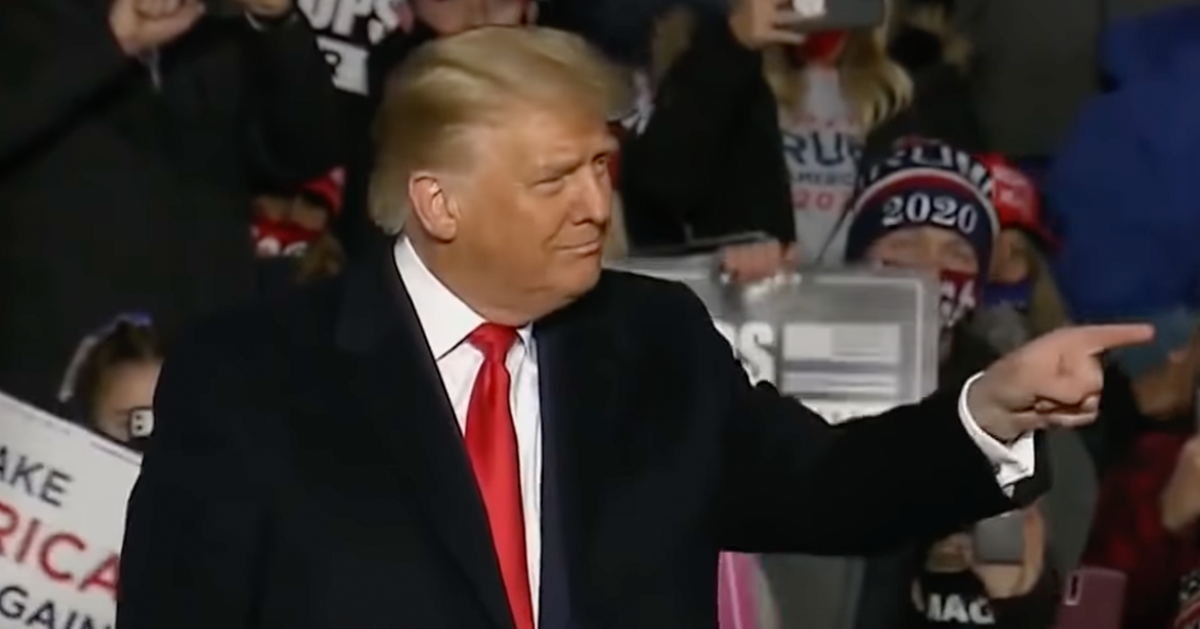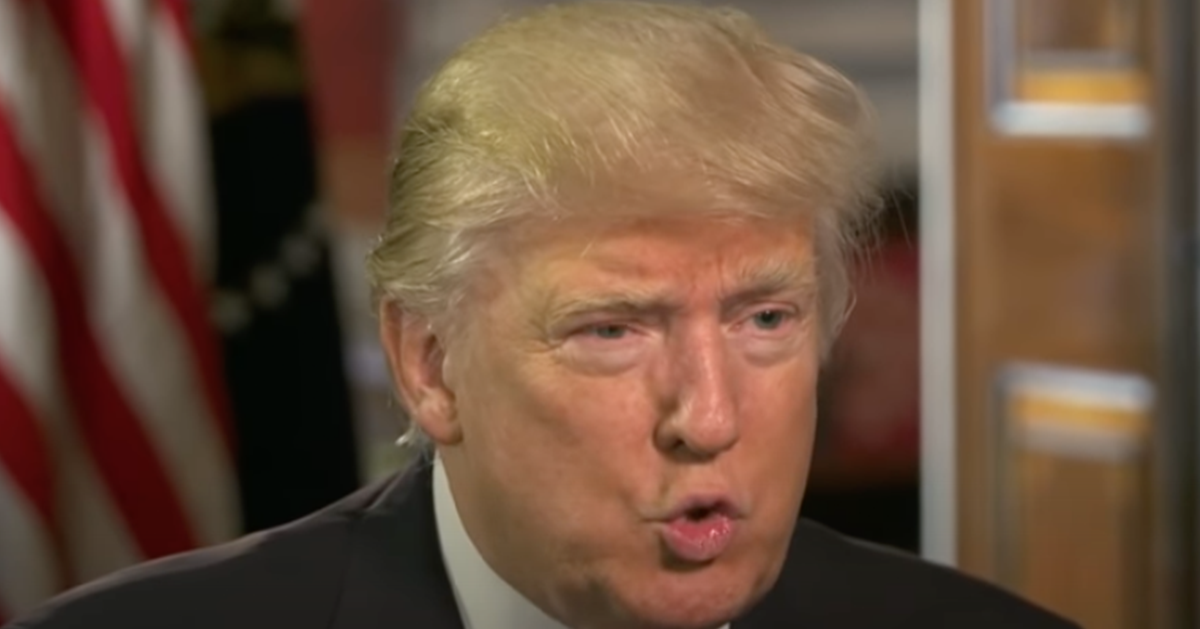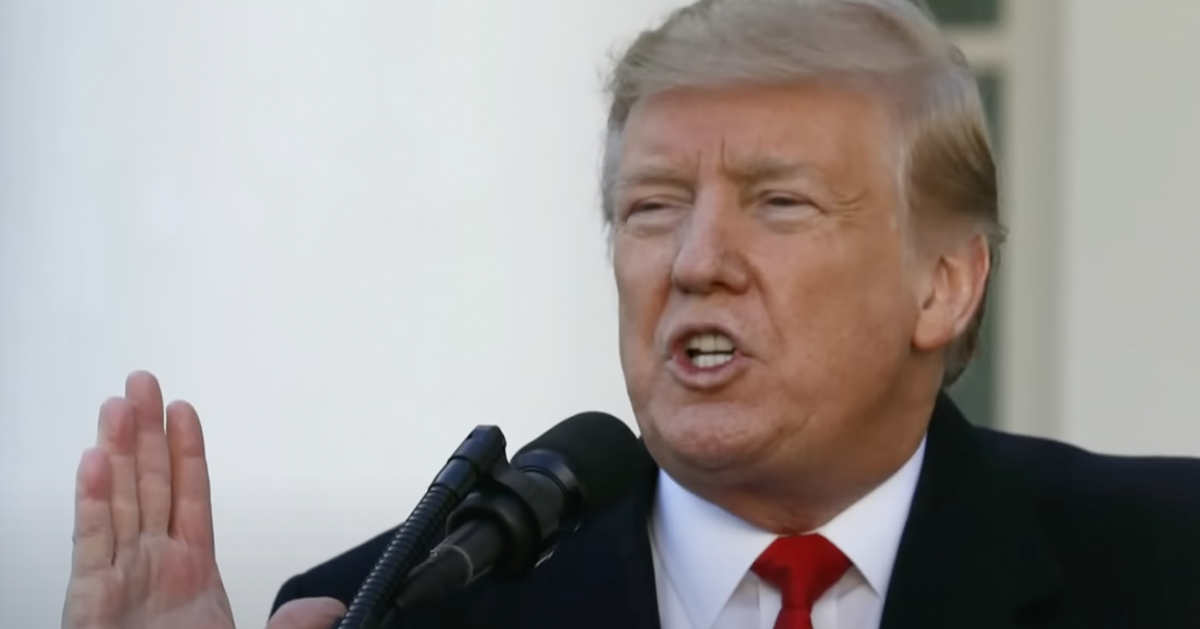Pennsylvania Court Declares Digital Ballot Images As Public Records
The Commonwealth Court of Pennsylvania has recently overturned a prior decision, declaring that digital images of completed absentee and mail-in ballots from the 2020 General Election are indeed public records. This pivotal ruling supports broader public access to such records under Pennsylvania's Right-to-Know Law (RTKL).
The court's decision marks a turning point for access to electoral records in Pennsylvania, The Gateway Pundit reported.
Michelle Previte, who requested these records, aimed to obtain digital images of the ballots cast in Erie County during the November 2020 election. The Erie County Board of Elections initially denied her request, arguing that these records were private under Section 308 of the Pennsylvania Election Code.
The Path to the Appellate Ruling
The denial led Previte to seek a decision from the Office of Open Records, which sided with her regarding the mail-in and absentee ballots but did not support her request for polling place ballots. Subsequently, the Erie County Board of Elections appealed to the Court of Common Pleas, which initially sided with the Board and maintained the non-public status of the records.
However, the Commonwealth Court's recent ruling has changed the landscape, asserting that once ballots are removed from the ballot boxes or voting machines, RTKL requests should grant access to them. This decision ensures that the records receive public treatment unless explicitly exempted by law.
Details of the Court's Ruling
Judge Ellen Ceisler articulated the court's stance, emphasizing that completed absentee and mail-in ballots, once processed, are public records. She stated, "Completed absentee and mail-in ballots, once removed from ballot boxes or voting machines, are to be treated as public records and can be obtained through an RTKL request as long as they follow the Election Code's rules of disclosure and do not include any information that identifies the individuals who cast those ballots."
This statement clarifies that while the ballots are accessible as public records, the court prioritizes the privacy of voters, ensuring that no identifying information is disclosed.
Implications for Election Integrity
Natalie Clawson, a candidate for Lieutenant Governor, hailed the ruling as a "Huge win for election integrity in Pennsylvania!" She advocated for similar policies in other states, particularly pointing to Utah, where she cited alleged voting irregularities in Salt Lake County during the 2020 election.
Clawson argues that publicizing digital images of ballots is crucial for maintaining the auditability of elections while protecting individual voter secrecy. Her statement highlights a dual need for transparency in electoral processes and the safeguarding of personal voter information.
Perspective from Investigative Journalism
Investigative reporter Behizy provided a critical view of the lower court's logic. He praised the appellate judges for their thorough understanding of the issue, contrasting it with the lower court's interpretation, which he found flawed. Behizy criticized the lower court's rationale, noting, "The lower court used some twisted logic to say the ballot images were somehow 'contents of voting machines and, thus, were shielded from RTKL requests.' Yes, images of the ballots are taken by the machine, but they're not part of the machine."
Behizy's remarks underscore the importance of distinguishing between the physical components of a voting machine and the digital records it generates.
Summary of the Court Ruling
In conclusion, the Commonwealth Court of Pennsylvania has set a precedent by categorizing digital images of mail-in and absentee ballots as public records. This ruling enhances transparency in the electoral process and supports the integrity of elections by allowing for potential audits. The decision underscores the balance between public access to electoral records and the protection of voter privacy, ensuring that any disclosure complies with established rules and does not compromise voter anonymity.
This ruling may influence other states to reassess their policies regarding the accessibility of digital ballot images, potentially leading to a broader movement towards greater electoral transparency nationwide.





